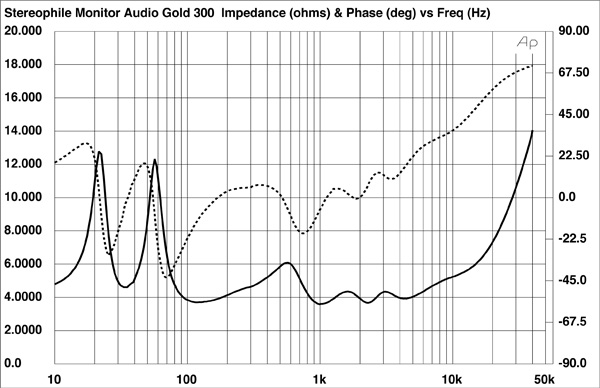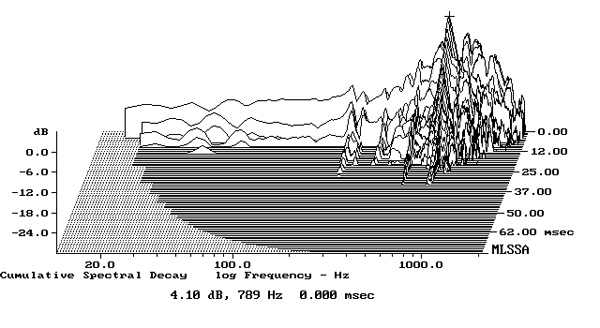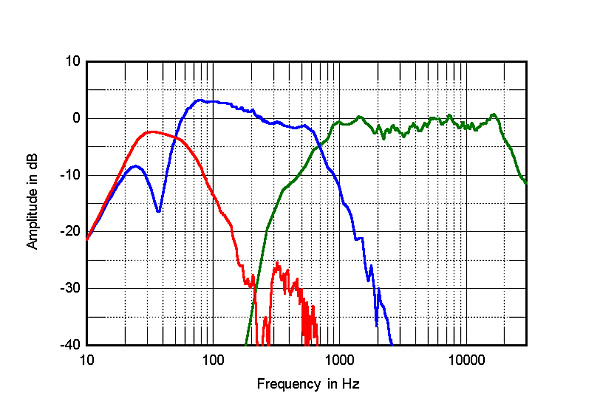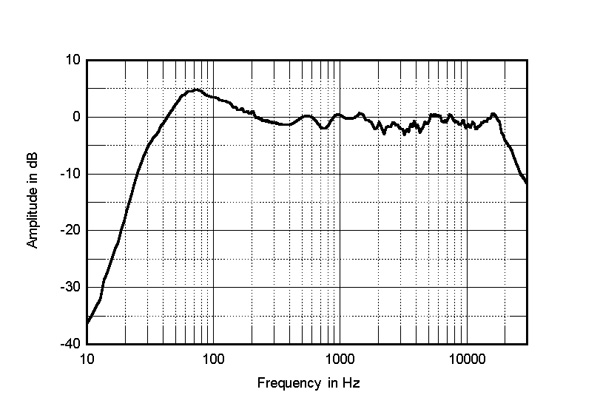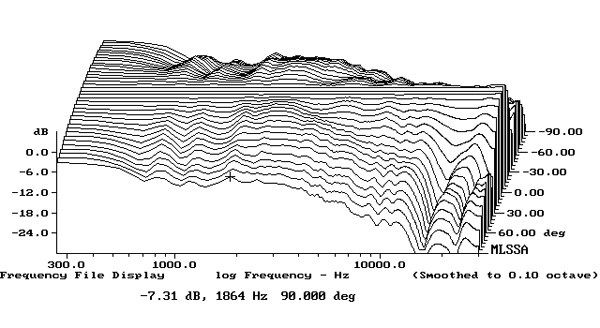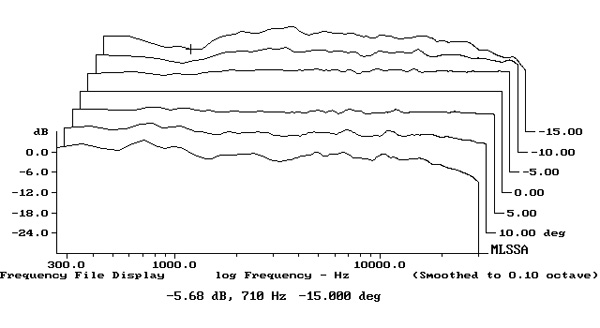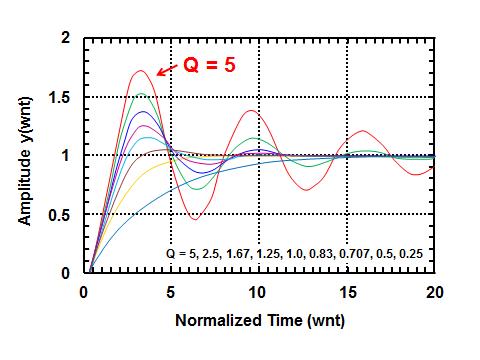| Columns Retired Columns & Blogs |
From the review: "The design's benefits are a largely resistive load, no significant inductance (dome tweeters have an inductive voice-coil that complicates crossover design)..."
From the measurements: "...the phase angle exceeds +40° above 10kHz, presumably due to the inductance of the MPD tweeter's drive system."
